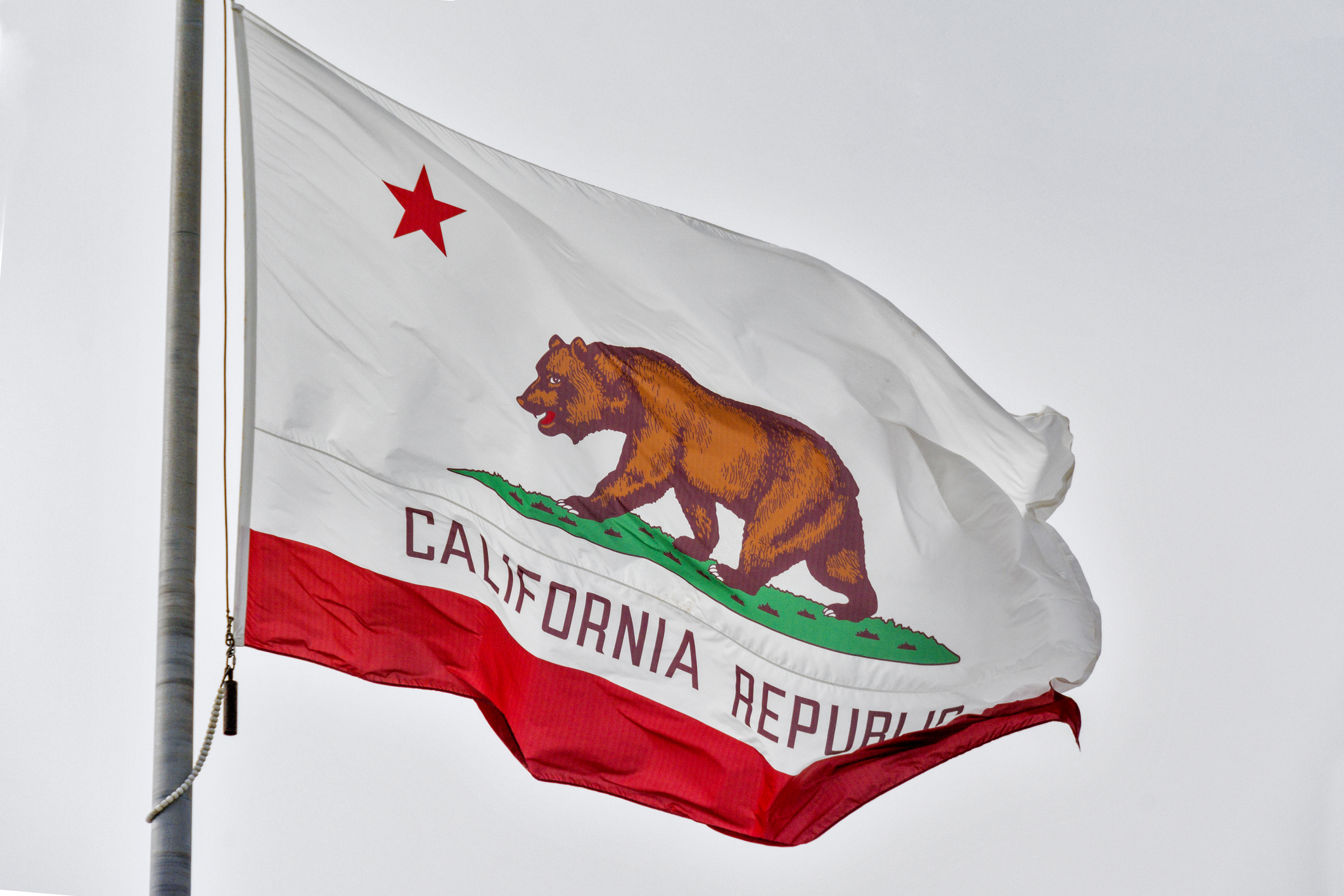With the first day of school just weeks away in California, Gov. Gavin Newsom laid out sweeping new rules Friday that all but ensure most of the state’s K-12 schools serving 6.7 million students will not reopen classrooms when the academic year starts.
The rules also mandate that all staff and students above 2nd grade who do return to campuses wear masks in school as the coronavirus pandemic surges.
Newsom said all schools, public and private, in counties that are on a state monitoring list for rising coronavirus infections cannot hold in-person classes and will have to meet strict criteria for reopening. Currently, 32 of California's 58 counties are on the list, encompassing the vast majority of the state's population and its biggest cities, Los Angeles, San Diego and San Francisco.
“Students, teachers, staff and parents prefer in-class instruction. But only if we can do it safely,” Newsom said during a televised briefing. “The one thing we have the power to do to get our kids back into school? Wear a mask, physically distance, wash your hands.”
The governor’s strict new regulations mark a dramatic shift from his earlier position that it was up to local school districts and boards to decide when and how to reopen. His announcement came as many of the state’s 1,000 school districts are set to resume instruction in mid-August, with many still finalizing reopening plans.
“Planning for the reopening of the 20-21 school year has really been a roller-coaster ride,” said Robert Meszaros, a spokesman for the Kern County Superintendent of Schools’ office. Kern County, north of Los Angeles, is not on the watch list but expects it could be soon and will be affected.
Meszaros said that while the governor's announcement wasn't unexpected, “it is very different from the directive that was given just a few short weeks ago when schools were encouraged to open for the 20-21 school year with in-person instruction to the greatest extent possible."
California
With many school districts struggling over the decision, teachers unions, parents and school officials have been urging Newsom to provide more direction on whether it is safe to return. This week, California reported its second-highest one-day totals in infection rates and deaths since the start of the pandemic. Nearly 7,500 people have died in California — more than 1,200 of them in the past two weeks.
Jeff Olsen, whose daughter will be a junior at Capital Christian School in Sacramento, called Newsom’s mandate “wildly overreaching” and argued that local school districts and boards should be allowed to decide when and how to reopen.
Get a weekly recap of the latest San Francisco Bay Area housing news. Sign up for NBC Bay Area’s Housing Deconstructed newsletter.
“Kids need to be in the classroom and participate in activities,” he said. “We are told that masks work to help keep the virus from spreading and that’s why we can go to grocery stores, but somehow we can’t do that with kids in the classroom?”
Several large school districts have already said their schools will begin the new term virtually, including Los Angeles and San Diego, the state’s two largest with a combined enrollment of 720,000 K-12 students. San Francisco, Oakland, Sacramento, Long Beach, Santa Ana and San Bernardino are among the other districts opting not to immediately return to classrooms.
Los Angeles County Department of Public Health Director Barbara Ferrer said it was “disheartening and unfortunate” that LA County students can’t have a normal first day back at school but also necessary.
“This week, Los Angeles County has unfortunately reached grim milestones every day. We have reported the most cases in a single day, the most hospitalizations and tragically high death numbers,” Ferrer said.
Newsom's guidance lays out in detail when classrooms and schools would have to close if there is an outbreak. If a student or educator test positive for the virus, a classroom would have to close and the students and teacher would quarantine for 14 days. An entire school should revert to distance learning if it reports multiple cases, or 5 percent of students and staff test positive within a 14-day period.
Jeff Freitas, president of the California Federation of Teachers, said the union was thankful Newsom provided direction for schools Friday. But he said the rules for resuming in-person learning should be even stricter: Schools shouldn't be allowed to open until cases decline for 14 straight days within a county and statewide.
“Everybody involved wants in-person learning. We know that is the best way to provide education. But there is a safety issue here,” he said.
The California Teachers Association, which represents 310,000 members, had pointedly urged Newsom last week not to reopen schools “until it is safe."
Republican Assemblyman Kevin Kiley accused the governor of listening to “special interests, not science” in laying out the rules.
“Rather than adopting a balanced approach that provides California families options for classroom-based and home-based learning, the governor is shutting down the vast majority of schools across the state,” said Kiley, of Rocklin.
Schools across California closed in March as the state ramped up virus-related restrictions. The move to distance learning was rocky for teachers, parents and students, particularly those who lacked the right technology or internet access. Newsom noted the state budget includes more than $5 billion to help students suffering from learning losses.
Schools will now be required to introduce “robust distance learning programs,” something teachers have said they are striving for but may be easier said than done.
The rules call for regular coronavirus testing of school staff and working with county contact tracers if an outbreak occurs, Newsom said.
Superintendents will be able to submit waiver requests to re-open elementary schools, for approval by local health officers, but it was unclear how strict or lenient authorities would be when examining those requests.
___
Ronayne reported from Sacramento. Associated Press Writers John Antczak in Los Angeles, Daisy Nguyen in San Francisco and Amy Taxin in Orange County, California contributed to this report.



